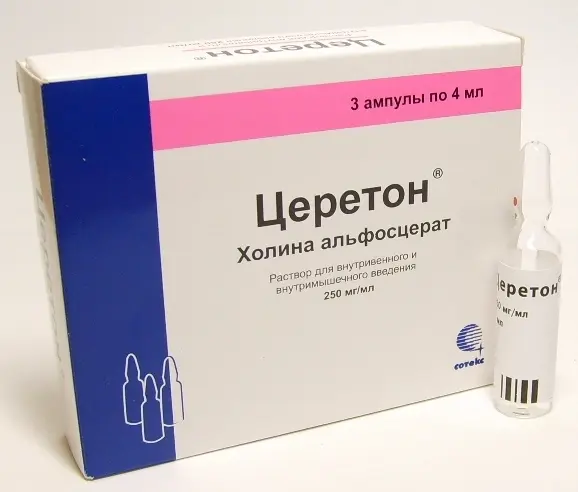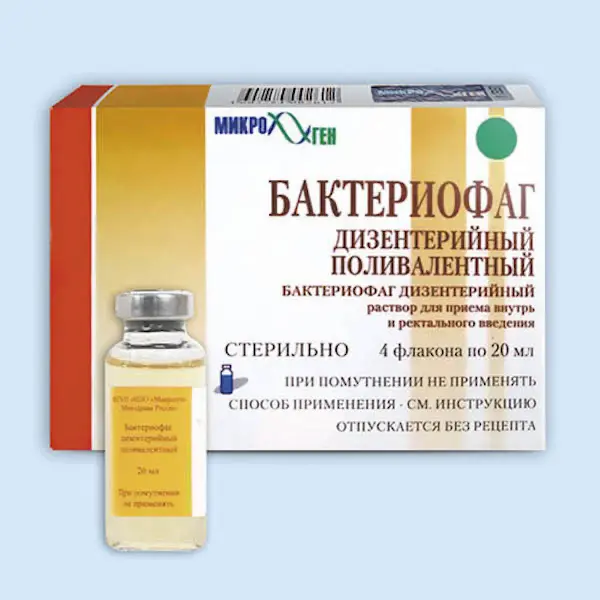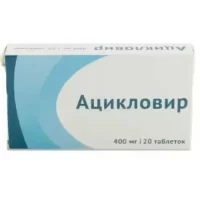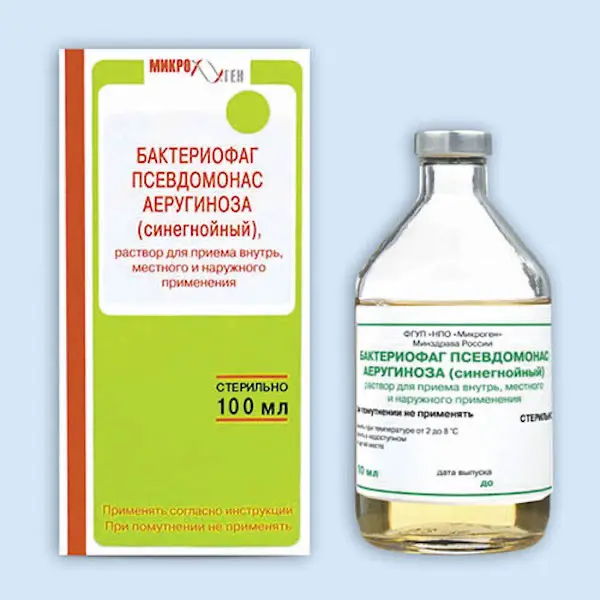Description
Cereton Pharmacodynamics
Cereton is a low molecular weight inducer of interferon, which determines a wide range of its biological activity (antiviral, immunomodulatory, anti-inflammatory, etc.).
The main cells-producers of interferon after administration of Cereton are macrophages, T- and B-lymphocytes. Depending on the type of infection there is a predominance of activity of one or another part of immunity. The drug induces high titers of interferon in organs and tissues containing lymphoid elements (spleen, liver, lungs), activates stem cells of bone marrow, stimulating granulocyte formation. Cycloferon activates T-lymphocytes and natural killer cells, normalizes the balance between subpopulations of T-helpers and T-suppressors. It enhances the activity of interferons.
Cereton is effective against tick-borne encephalitis virus, influenza, hepatitis, herpes, cytomegalovirus, human immunodeficiency virus, papilloma virus and other viruses. In acute viral hepatitis Cereton prevents transformation of the disease into a chronic form.
At the stage of primary manifestations of HIV infection it helps to stabilize immunity indexes.
It has been found out a high efficiency of the preparation in complex therapy of acute and chronic bacterial infections (neuroinfections, chlamydia, bronchitis, pneumonia, post-operative complications, urogenital infections, ulcer disease) as an immunotherapy component.
Cereton shows high efficacy in rheumatic and systemic connective tissue diseases, suppressing autoimmune reactions and having anti-inflammatory and analgesic effect.
Indications
In adults in the treatment of:
– HIV infections (stages 2A – 2B);
– Neuroinfections (serous meningitis and encephalitis, tick-borreliosis-Lyme disease);
– Viral hepatitis A, B, C, D;
– Herpes and cytomegalovirus infection;
– Secondary immunodeficiencies associated with acute and chronic bacterial and fungal infections;
– chlamydial infections;
– diseases of the musculoskeletal system and connective tissue (rheumatoid arthritis, systemic lupus erythematosus, deforming osteoarthritis).
In children over 4 years old in complex therapy:
– Viral hepatitis A, B, C, D;
– Herpes infection;
– HIV infection (stage 2A – 2B).
Contraindications .
Pregnancy, breast-feeding, hypersensitivity to components of the drug, decompensated cirrhosis, children under 4 years of age.
Pregnancy and lactation:
The drug is contraindicated in pregnancy and during breast-feeding.
Dosage and administration
- In adults
- Cereton is administered intramuscularly or intravenously once a day according to the basic scheme: every other day. The duration of the treatment course depends on the disease.
1. For herpes and cytomegalovirus infection the drug is administered according to the basic regimen – 10 injections of 0.25 g. The total dose is 2.5 g. Treatment is most effective at the beginning of exacerbation of the disease.
2. In neuroinfections the drug is administered according to the basic regimen. The course of treatment is 12 injections of 0.25-0.5 g in combination with etiotropic therapy. The total dose is 3-6 g. Repeated courses are carried out as needed.
3. In chlamydial infections the drug is administered according to the basic scheme. The course of treatment is 10 injections of 0.25 g. The total dose is 2.5 g. The second course of treatment is carried out after 10-14 days. It is advisable to combine Cereton with antibiotics.
4. In acute viral hepatitis A, B, C, D and mixed forms the drug is administered according to the basic scheme – 10 injections of 0.5 g. Total dose is 5.0 g. In case of chronic course of infection the course shall be repeated in 10-14 days.
In chronic viral hepatitis B, C, D and mixed forms it is administered according to the basic scheme – 10 injections in 0.5 g and further according to maintenance scheme – three times a week during 3 months as a part of complex therapy. It is recommended in combination with interferons and chemotherapy. The course is repeated in 10-14 days.
5. If HIV-infection (stages 2A – 2B), the drug is administered according to the basic scheme – 10 injections by 0.5 g, then according to a maintenance scheme – once every three days during 2.5 months. The course is repeated in 10 days.
6. In immunodeficiency states treatment course – 10 intramuscular injections according to the basic scheme in a single dose of 0.25 g. Total dose is 2.5 g. The course may be repeated in 6-12 months.
7. In rheumatoid arthritis, systemic lupus erythematosus – 4 courses of 5 injections to 0.25 g on the basic scheme with a break of 10-14 days. The second course is done upon the doctor’s recommendation.
8. For deforming osteoarthritis – 2 courses of 5 injections by 0.25 g according to the basic scheme, with a break of 10-14 days. The course may be repeated upon a doctor’s recommendation.
- In children over 4 years old.
- In pediatric practice, Cereton is given intramuscularly or intravenously once a day according to the basic regimen: every other day. The daily therapeutic dose is 6-10 mg/kg of body weight.
1. In acute viral hepatitis A, B, C, D and mixed forms the drug is administered according to the basic regimen – 15 injections. In case of chronic infection the course is repeated in 10-14 days.
2. In chronic viral hepatitis B, C, D the drug is given according to the basic scheme – 10 injections, then according to maintenance scheme – three times a week during 3 months as a part of complex therapy. Recommended in combination with interferons and chemotherapy.
3. In HIV-infection (stages 2A – 2B) – course of 10 injections on the basic scheme, then on a maintenance scheme – once every three days during 3 months. The second course is carried out after 10 days. 4.
4. In case of herpetic infection – course of 10 injections according to the basic scheme. If the replicative activity of the virus is preserved, the course of treatment is continued according to the maintenance regimen with administration of the drug once every three days for four weeks.





